The views expressed in our content reflect individual perspectives and do not represent the authoritative views of the Baha'i Faith.
Never any weary traveler complained that he came too soon to his journey’s end. – Thomas Fuller
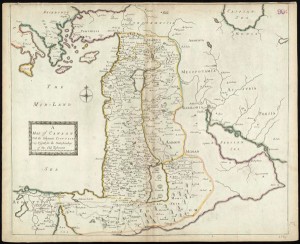
When Abraham left Harran, exiled by his father’s command, his preordained destination was a narrow strip of land known as Canaan. Hemmed in by desert to the east and the Mediterranean Sea to the west, Canaan covered an area longer, though not much wider, than the current boundaries of Israel. The northern edge of Canaan extended up into Syria, encompassing what today is Lebanon. Its southern end spilled out into a triangular peninsula that resembled a canine tooth, hence the name on today’s maps—Sinai—which means teeth in Arabic. The wide northern coast of the Sinai Peninsula, washed by the waters of the Mediterranean Sea, created the top of the tooth. Its tapering sides, embraced by the Gulf of Aqaba and the Gulf of Suez, led to a sharp southern tip that dipped into the Red Sea.
The Sinai Peninsula was the only land bridge connecting Eurasia and Africa, making it one of the most strategically important pieces of property in the world at the time. Canaan, right next door, was forced into becoming the country through which every intercontinental caravan had to pass in order to reach its ultimate destination. But, in spite of the potential profit to be made by anyone living along a popular trade route, Canaan was a challenging place to settle, often disrupted by war when neighboring superpowers invaded in order to gain control over its convenient harbors and inland pathways.
Even in years when peace reigned, the vagaries of an unreliable climate often besieged Canaan. In the spring and summer, desiccating desert wind hissed across Canaan’s sunburned hills for months at a time, sucking moisture from everything in its path. When the wind finally changed and winter clouds tumbled in from the ocean, laden with vital rain, the ferocity of the resulting storms often flattened cool-season crops, eroded hills, and flooded valleys. Earthquakes produced by numerous geological faults could shake a village to bits in less than sixty seconds.
In the time of Abraham, Canaan seems to have experienced a period of even greater chaos than usual. Its previous network of reasonably prosperous small cities, which could reach fifty acres in size with several thousand citizens, was disintegrating. Some of the cities, along with the settlements near their walls, already lay in abandoned ruin, and the rest showed signs of decay. The cause of this general collapse of urban centers isn’t certain, but prolonged famine rising from multiple years of drought is a reasonable guess. By 2000 BC, more of Canaan’s citizens lived in villages or hamlets than in cities, and the number of pastoral nomads was noticeably higher than it had been for a long time. In comparison to Ur and Harran, Canaan was an uncivilized land teetering on the brink of barbarism.
The land of Canaan derived its name from the dominant tribe of the area: the Canaanites. The tribe claimed descent from Canaan, who was a son of Ham and a grandson of Noah. Ham, one of Noah’s three sons, adamantly refused to believe in his father’s new revelation. His refusal became so obstinate that the Qur’an portrays him as being swept away in the great flood:
As the cauldron of divine Wrath boiled over, We said to Noah: “Take into the ark a pair, male and female, from each species of domesticated animal, along with all the members of your family save for your wife, whose unbelief is already known to you. Then put all of the believers on the third floor of the ark.” But the number of those who believed in Noah’s message was small indeed. . . . The ark carried them off, mounting waves as tall as mountains. Seeing his son, who had remained on shore, Noah called out: “My dear son! embark with us: do not remain among the unbelievers!” Noah’s son replied: “I aim to climb a mountain and save myself from the flood!” Noah said: “Today there is nothing that can save men from god’s command unless He Himself takes pity on them.” At this point a huge wave rose up between Noah and his son, dragging the boy underwater and drowning him along with the rest of the unbelievers.
When Canaan grew up, he was just as opposed to Noah’s revelation as his spiritually drowned father, Ham, had been. This inherited obstinacy ran so deep, according to the Baha’i writings, that it had the effect of completely severing Canaan from his noble genetic roots:
It is evident that inherited character also exists, and to such a degree that if the characters are not in conformity with their origin, although they belong physically to that lineage, spiritually they are not considered members of the family; like Canaan, who is not reckoned as being of the race of Noah. – Abdu’l-Baha, Some Answered Questions, p. 213.
Canaan’s personal beliefs are not outlined in any scripture, but we do know that his descendants in the land of Canaan were devoted to the worship of a local god named Baal–a god of nature and fertility who supposedly ruled agriculture and controlled the weather. Associated with Baal were several other deities, including Mot, the god of death, and Anat, the goddess of war. Each god had its own images before whom the faithful bowed and to whom sacrifices were dedicated.
This arid land, influenced by two of Noah’s most rebellious descendants and steeped in relentless polytheism, would become Abraham’s new home and, ultimately, his final resting place.


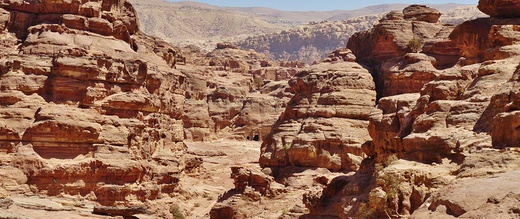

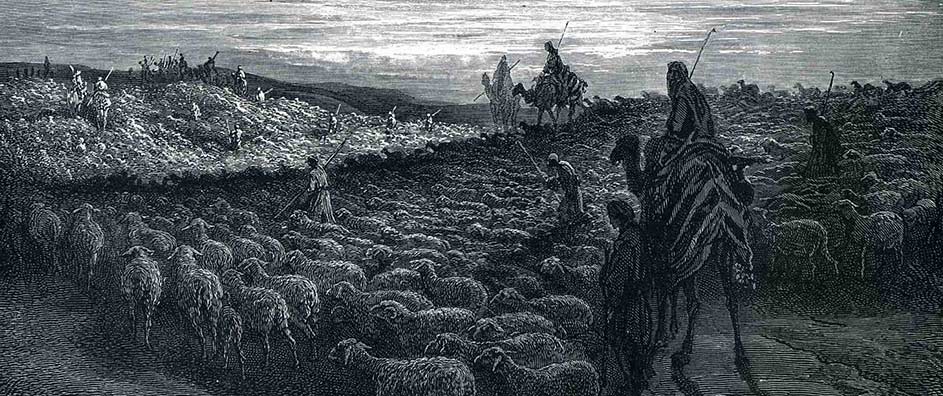

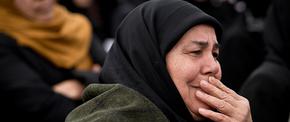
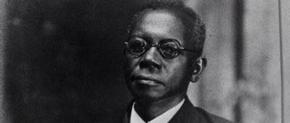
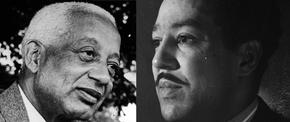









Comments
Sign in or create an account
Continue with Facebookor